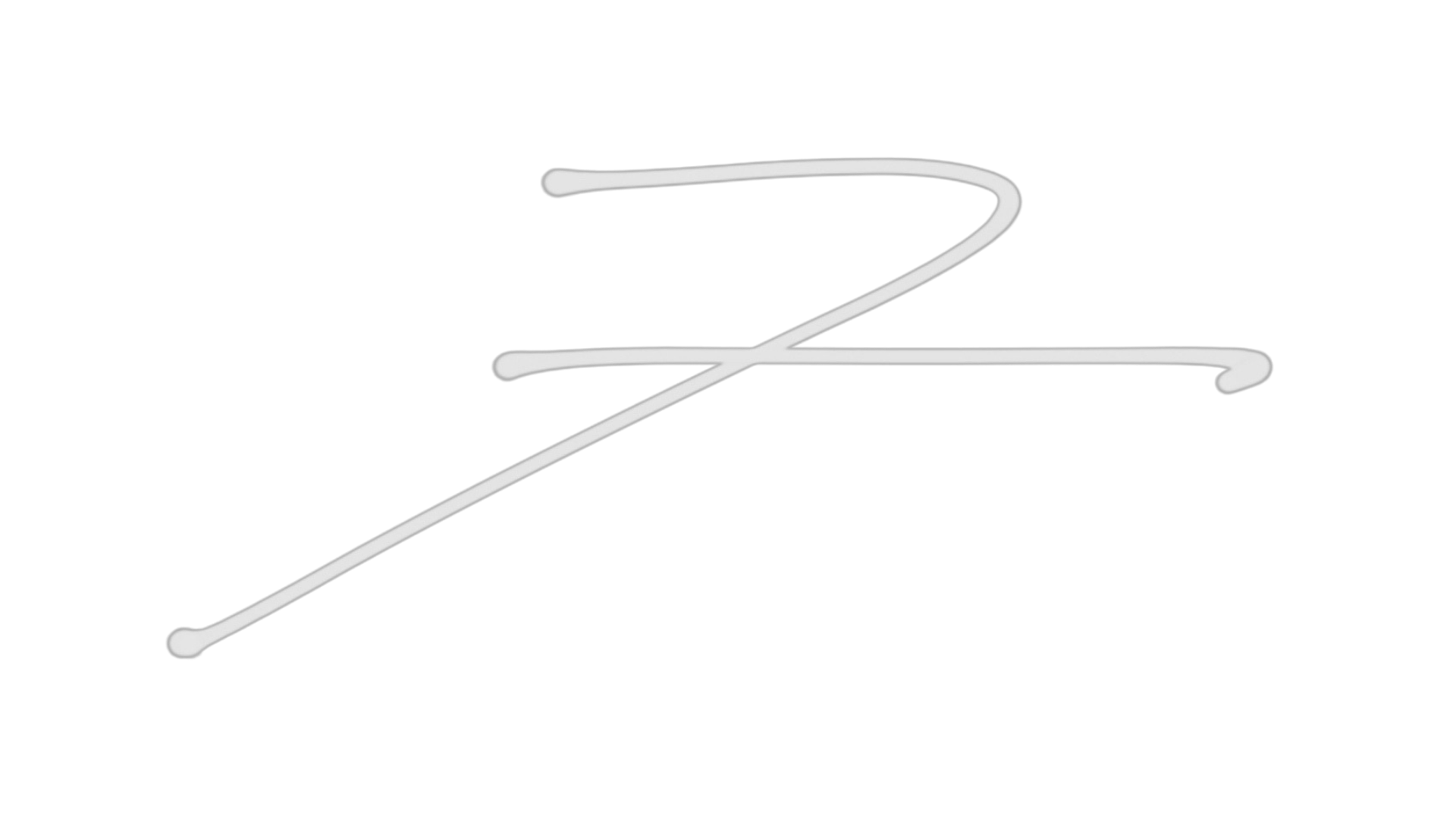How EQ Works: Types, Bands & Filters

🎯 How does EQ work in music production?
EQ (Equalization) adjusts the volume of specific frequency ranges in your audio. There are 4 popular EQ types—graphic, semi-parametric, parametric, and dynamic. EQ bands divide sound into zones like sub-bass, mids, and air. High-pass, low-pass, and notch filters shape the tone by boosting, cutting, or isolating frequencies.
The Best Equalizer Settings: The 5 Step Magic EQ Settings that work on Everything!
How EQ Works: Types, Bands & Filters
Everything You Need to Know About Equalization in Music Production
Equalization is one of the most fundamental tools in music production. Whether you’re cleaning up a muddy mix, shaping a kick drum, or adding sparkle to vocals, understanding EQ gives you superpowers over your sound.
In this guide, we’ll break EQ into three essential parts:
-
Types of EQ
-
EQ Frequency Bands
-
Filters and Their Functions
Part 1: Types of EQ
Each EQ type offers a different level of control and complexity.
🎛️ Graphic EQ
-
Uses fixed frequency bands.
-
You adjust each band with a slider.
-
Great for live sound and quick shaping.
-
Example: Waves API 560
🎛️ Semi-Parametric EQ
-
Offers control over gain and frequency selection, but not Q (bandwidth)
-
Common on older analog mixing consoles.
🎛️ Parametric EQ
-
Fully flexible: You control frequency, gain, and Q.
-
Ideal for surgical and creative tone shaping.
-
Example: FabFilter Pro-Q4, Ableton EQ Eight
🎛️ Dynamic EQ
-
Reacts to incoming signals like a compressor.
-
Boosts or cuts a frequency only when needed.
-
Great for taming harsh vocals or resonant instruments.
-
Example: Sound Theory Gullfoss, TDR Nova
Dynamic EQ: Taming Resonant Frequencies in Your Audio Tracks
 ⭐️ Start by downloading all of my FREE Music Production Guides ⭐️ It took me years to learn this stuff!
⭐️ Start by downloading all of my FREE Music Production Guides ⭐️ It took me years to learn this stuff!
Part 2: EQ Frequency Bands

Balancing these zones helps create clean, full, and expressive mixes.
Part 3: Filters
Filters let you isolate, remove, or shape specific parts of the spectrum.
🧼 High-Pass Filter (HPF)
-
Removes low-end rumble.
-
Use on vocals, guitars, and reverb returns.
💨 Low-Pass Filter (LPF)
-
Removes high frequencies.
-
Helps clean harsh synths or create lo-fi effects.
🎯 Band-Pass Filter (BPF)
-
Lets only a specific frequency band through.
-
Great for telephone/vocal effects.
🪵 Notch Filter
-
Removes a very narrow band.
-
Ideal for eliminating hums or resonances.
🎚️ Peak (Bell) Filter
-
Boosts or cuts a specific frequency.
-
Core of most parametric EQ moves.
🪜 Low Shelf / High Shelf
-
Boosts or cuts everything below (low) or above (high) a set frequency.
-
Useful for broad tonal shaping.
Best Equalizer Settings for Vocals, Instruments & Mixes
Final Thoughts
EQ is both art and science. Start with broad strokes—low cuts, basic shaping—then get surgical when needed. Knowing the tools, the frequency ranges, and how to hear what’s happening is what separates a beginner from a balanced mix ninja.
Want to go deeper? Try EQing the same sound with each type and filter. Your ears will thank you.
⭐️ Download my Free Magic Reverb settings Guide ⭐️
⭐️ Download my Free Magic Compressor Settings Guide ⭐️
#protools #daw #homestudio #recordingschool #recording #musicproduction
Also read:
How to Start Your Own Online Business Teaching Music

Hey, I'm Futch - Music Production Coach and Ableton Certified Trainer
Learn how to make your first song and beat in Ableton Live with my
FREE 90-minute Ableton Live course
I've been teaching audio engineering and music production for 35 years.⭐️
Check out my new online music production program: Music Production Ninja...








